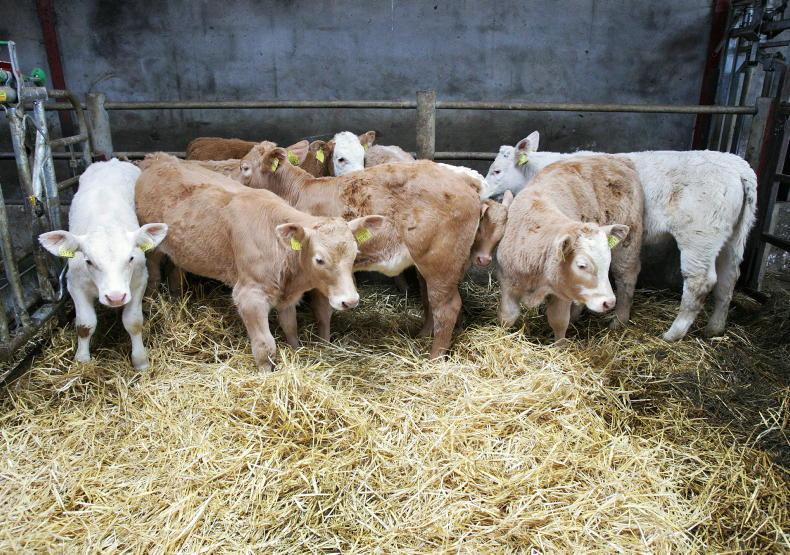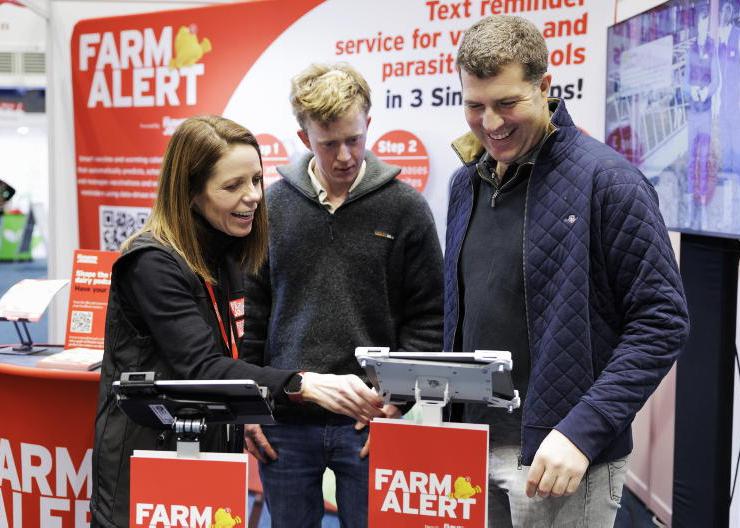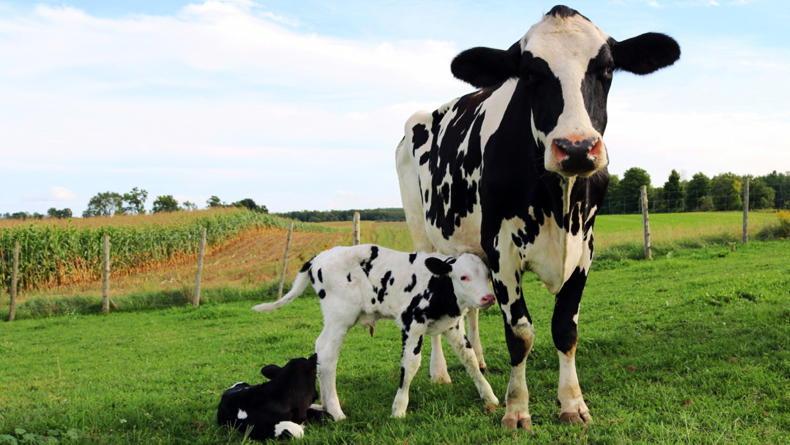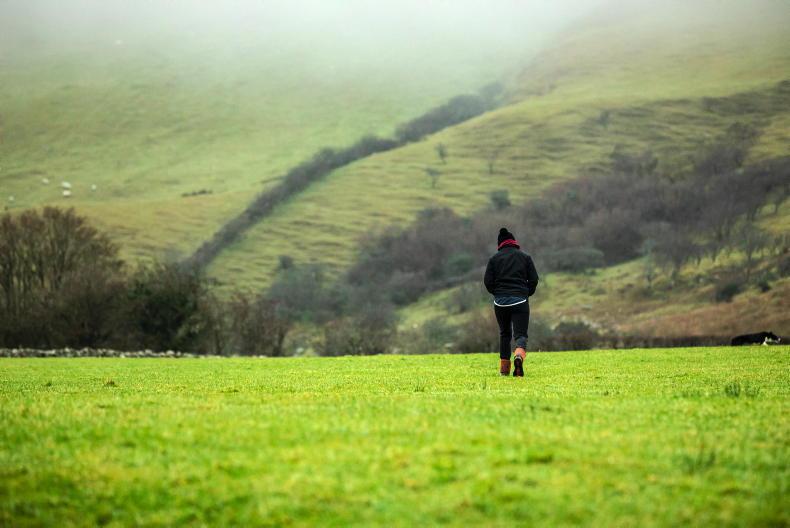As the 2023 crop of spring-born calves hit the ground, dehorning will be a management task that needs to be carried out with certain breeds.
Dehorning calves is best carried out as early as possible to minimise stress on young animals.
Outlined are five tips to dehorning calves.
1. Secure calves before dehorning
Use a dehorning crate to restrain the calf’s head and body. This makes it much easier to anaesthetise and remove horn buds.
When using a crate, there is a lower risk of injury to the operator and less chance of a hot iron burning the calf.
Position the crate in an area separate from the cow, making it safe for the operator to dehorn calves.
2. Always use an anesthetic
Dehorning is a stressful process for the calf, so always use an anesthetic to freeze the nerves around the horn.
To locate the correct injection site, feel for a grooved channel running between the calf’s eye and horn bud.
It will take five to 10 minutes for the anesthetic to work. Batch calves in small groups of five or six and anaesthetise one after the other.
By the time the last calf gets anesthetic, the first calf should have had adequate time for the nerves to be frozen.
3. Choosing a dehorner
There are various tools for dehorning calves. They all have merits, so choose one that you have experience with and is most effective.
If using a gas iron, make sure the de-budding tip is clean and sharp. Ensure there is plenty of gas in store before starting the task, rather than running out midway through the task.
With a Barnes dehorner, check the two ends are sharp. The hinge joint should open and close properly before use.
Electric dehorners are also available, but they need to be used at a very early stage before horns get too big.
Give the device time to get up to operating temperature between each use.
4. Disbudding
With the calf securely restrained, clip the hair surrounding the horn. Hold the calf’s ear out of the way, then place the dehorner on the bud and remove.
If using a Barnes dehorner, the bud should be removed in one clean action when the handles are opened out.
With a gas iron, ensure it is piping hot before use. Rotate clockwise and anti-clockwise for four to five seconds, then scoop out the horn bud.
5. Cauterise and use an anti-septic spray
Once the horn bud has been removed, cauterise the open bud with a piping hot iron to stop any bleeding. Finish the task with an antiseptic spray and release the calf back to its dam.
Read more
Sheep price update: factory quotes up 10c/kg as mart prices rise €5 to €10/head
Creating the correct environment to optimise calf performance and health
As the 2023 crop of spring-born calves hit the ground, dehorning will be a management task that needs to be carried out with certain breeds.
Dehorning calves is best carried out as early as possible to minimise stress on young animals.
Outlined are five tips to dehorning calves.
1. Secure calves before dehorning
Use a dehorning crate to restrain the calf’s head and body. This makes it much easier to anaesthetise and remove horn buds.
When using a crate, there is a lower risk of injury to the operator and less chance of a hot iron burning the calf.
Position the crate in an area separate from the cow, making it safe for the operator to dehorn calves.
2. Always use an anesthetic
Dehorning is a stressful process for the calf, so always use an anesthetic to freeze the nerves around the horn.
To locate the correct injection site, feel for a grooved channel running between the calf’s eye and horn bud.
It will take five to 10 minutes for the anesthetic to work. Batch calves in small groups of five or six and anaesthetise one after the other.
By the time the last calf gets anesthetic, the first calf should have had adequate time for the nerves to be frozen.
3. Choosing a dehorner
There are various tools for dehorning calves. They all have merits, so choose one that you have experience with and is most effective.
If using a gas iron, make sure the de-budding tip is clean and sharp. Ensure there is plenty of gas in store before starting the task, rather than running out midway through the task.
With a Barnes dehorner, check the two ends are sharp. The hinge joint should open and close properly before use.
Electric dehorners are also available, but they need to be used at a very early stage before horns get too big.
Give the device time to get up to operating temperature between each use.
4. Disbudding
With the calf securely restrained, clip the hair surrounding the horn. Hold the calf’s ear out of the way, then place the dehorner on the bud and remove.
If using a Barnes dehorner, the bud should be removed in one clean action when the handles are opened out.
With a gas iron, ensure it is piping hot before use. Rotate clockwise and anti-clockwise for four to five seconds, then scoop out the horn bud.
5. Cauterise and use an anti-septic spray
Once the horn bud has been removed, cauterise the open bud with a piping hot iron to stop any bleeding. Finish the task with an antiseptic spray and release the calf back to its dam.
Read more
Sheep price update: factory quotes up 10c/kg as mart prices rise €5 to €10/head
Creating the correct environment to optimise calf performance and health










SHARING OPTIONS